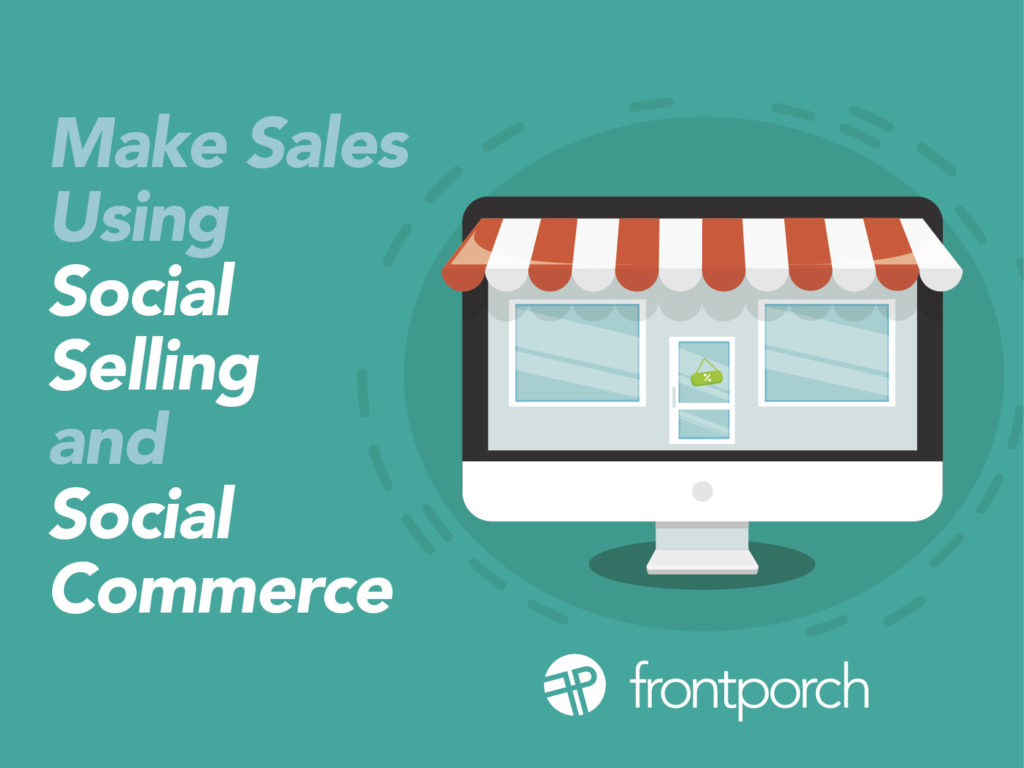
What are social selling and social commerce, and how do they differ? Would your business benefit from adding one of these practices to your sales efforts? If you’re like most small businesses, then you may have started with a storefront. Next you built a website. And after last year, your website became a much larger part of your sales strategy, as most of the world turned to ecommerce over in-person shopping.
As you plan your marketing strategy for the rest of the year and beyond, recognize that your social media can also be a part of your ecommerce strategy. In addition to being a personification of your branding, your social channels now have the functionality to make sales directly on each platform.
Expanding your brand conversations into making sales on social media is the goal of these tools. Social Selling refers to cultivating a relationship with your customers on social media with the goal of eventually making a sale. While Social Commerce means your customer is buying your product or service directly from the social media app. There are many ways to execute a social selling strategy on social media platforms. But currently, Facebook, Instagram and Pinterest offer Social Commerce, and Twitter is testing this functionality. Here’s an overview of what sales tools are available on some of your social channels.
Facebook Social Selling and Social Commerce Tools
By 2017, a quarter of the world’s population was using Facebook monthly. As a small business thinking about expanding your customer base, it makes the most sense to start on this platform. With tools like Messenger, Groups, Insights, Shop and Marketplace many small businesses can leverage their local fanbase into larger audiences and make sales with social selling. In addition, brands can create active product catalogs right on Facebook with Facebook Shop for social commerce direct sales.
Facebook’s potential customer base combined with specific targeting tools makes this platform an easy place to start. A retailer or restaurant could post a limited time offer for instance, and then boost that content for a nominal charge, getting it seen by more people. Posts can even include a button to take an action.
Companies can sell products and services – including things like webinars and online classes – in the marketplace or in their Facebook Shop. And with insights and targeting tools available, brands can create ads as well, tailoring the audience for each ad deployment.
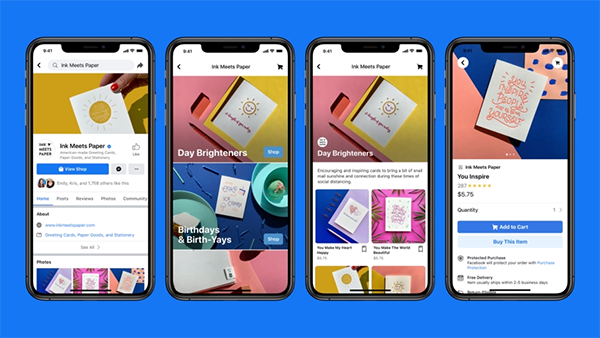
Instagram Social Selling and Social Commerce Tools
Instagram upgraded their social selling and social commerce tools in 2019 (look for the shopping bag icon in the nav bar of a business profile). Audiences like GenZ now rely on this platform to find and purchase new products right in the app. And, brands with a business page enjoy sales functionality that regular Instagram users don’t have including follower insights.
Selling on Instagram can be as simple as posting beautiful images of product, with an offer, and steering customers to a specific website link to purchase. Or companies can employ ad types like Carousels and Stories. Tools like LinkInBio or LInkInProfile enable Instagram accounts to post a specific website link for each post. (Otherwise there is only the one link in the bio for the entire account).
Using hashtags on Instagram is key. Small businesses can create their own hashtag, and then encourage customers to use it when they photograph and share pictures of the company’s product, place of business or service. Brands can then use that hashtag to find new customers – reposting their user generated content (with permission), engaging with that user’s followers, and tagging the customer. These activities increase the reach of the post.
Next, businesses can set up an Instagram Shop, just like on Facebook. The in-app checkout means customers can buy directly from a brand from their Instagram account. Once a business account reaches 10,000 followers, even more social selling and social commerce tools are unlocked to use, for instance, in Stories.
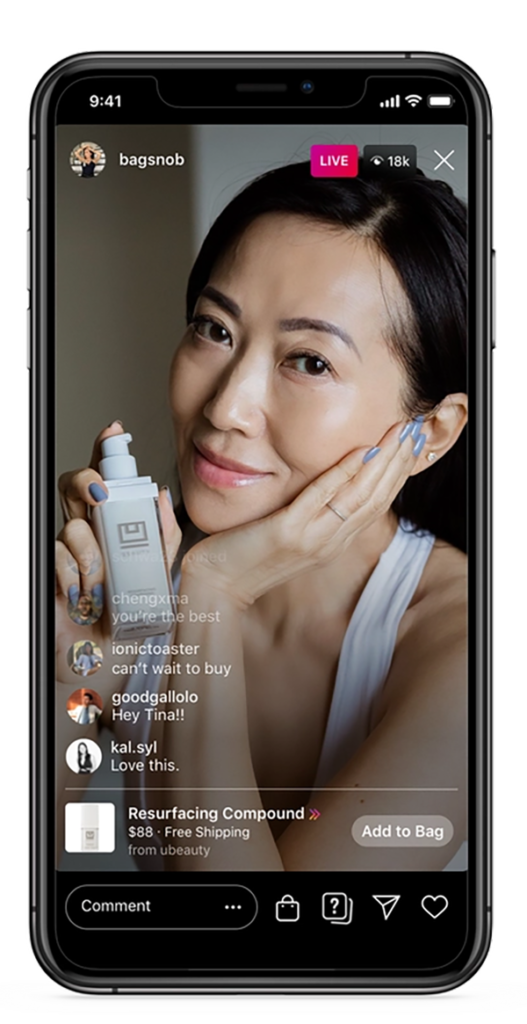
Pinterest Social Selling and Social Commerce Tools
Pinterest is always a place to collect and save favorite ideas and bookmark things for later. It also has social selling tools – beyond just bookmarking. Three types of “Rich Pins” (pins with extra content) are available to set up your social selling system: Recipes, Articles and Products.
As with all social channels, set up your business Pinterest account with a combination of pins of your own products as well as pins of brand-representative images that are not sales-oriented. To be part of the Pinterest community it is a best practice to pin other people’s images as well. Then leave comments and like others’ content while on the platform. Pinterest business accounts also feature analytics to glean insights into your top pins, impressions, and other KPIs.
In April 2021, Pinterest and Shopify expanded their partnership to make social commerce easier on the platform. And Pinterest also features functionality called Catalogues, allowing businesses to basically set up a virtual version of their stores complete with collections, aisle browsing and even price comparisons. 27 countries worldwide currently have all of this new functionality.
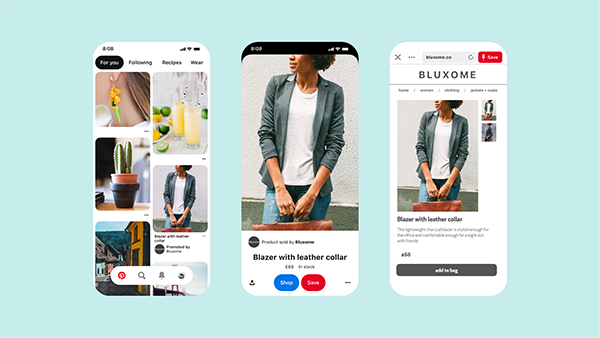
Twitter Social Selling and Up-And-Coming Social Commerce Tools
According to TechCrunch, Twitter is now testing ecommerce features for tweets. In the Twitter “card” system, the product card will link to a shop’s website and feature the product as well as a “SHOP” button. This type of Twitter post could be used not just as an ad, but also as an organic social commerce post.
Twitter is definitely a place for brands to gain insights and engage with their followers. Using practices like social listening and tools like Buffer, Brands can discover how customers talk about their brand. Brands can also use hashtags for locating information, and lists for grouping like-customers together and marketing to them.
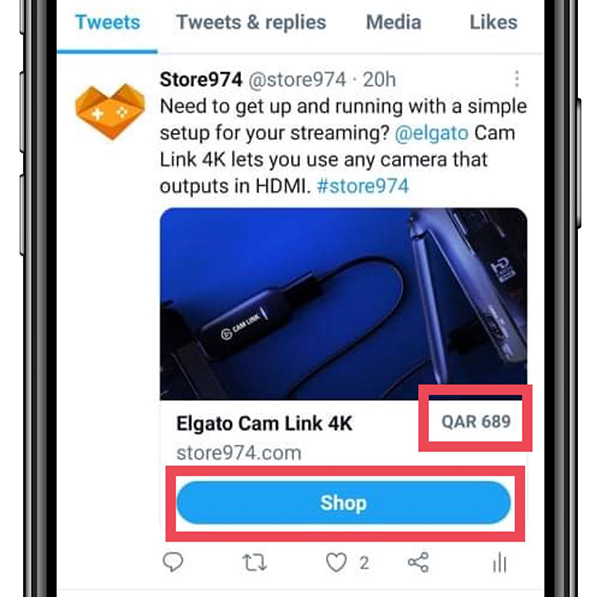
Adding Social to Your eCommerce Strategy Can Pay Off
Social commerce is an $89.4 billion market right now. It is projected to grow 8x that over the next few years. Start small, test often and grow your business with social media using social selling and social commerce!

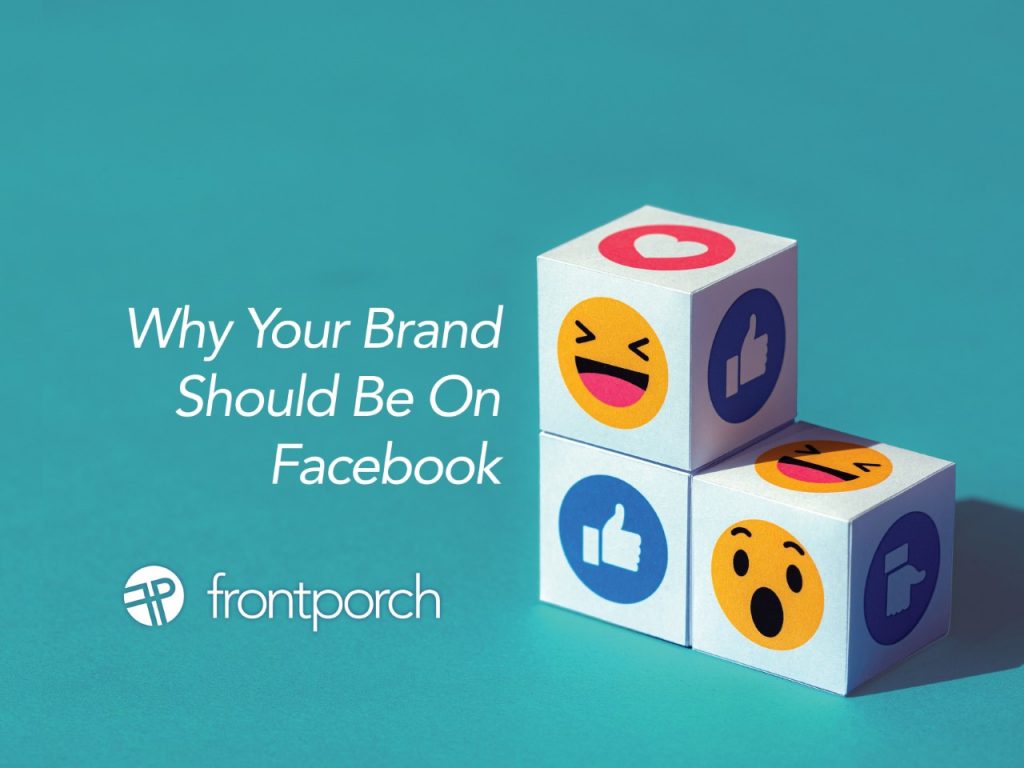


 Social media is such a major component of people’s personal lives. It should be a sure sign for small businesses that a social media presence is an absolute must to build and grow. It is a way for businesses to interact directly with current customers. It is also a way to reach potential customers.
Social media is such a major component of people’s personal lives. It should be a sure sign for small businesses that a social media presence is an absolute must to build and grow. It is a way for businesses to interact directly with current customers. It is also a way to reach potential customers.

